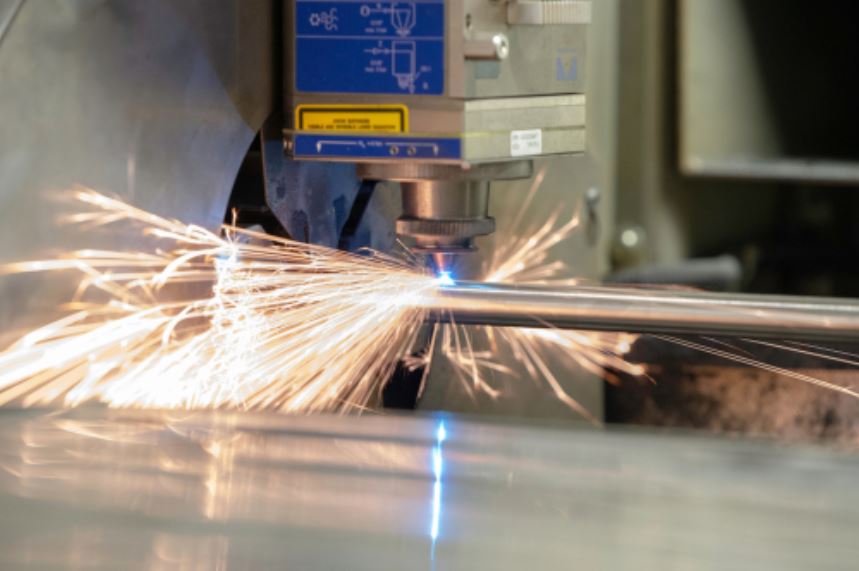
-
The industrial laser helps make the processes of high-volume welding possible.
What is an industrial laser? It refers to that technique in welding that allows for multiple pieces of metal to be joined together. Because there is currently a constant increase in demand for fast services and results, the automotive industry has to deliver as well. How is the laser technique achieved? The concentrated heat source allows the laser to weld through narrow and deep areas. In addition, this industrial laser also allows for the pre-machined components of equipment and cars. Do note that the automotive industry is always updating regarding the materials they use for their parts, such as powerful graphene. Hence, the equipment and cars that a factory is trying to complete must be competitive enough to meet these changes.
-
Industrial lasers are easy to automate.
The automotive industry typically goes through a repetitive process regarding the machines and equipment they manufacture. If any machine or apparatus can speed this process up or aid in doing so, it can certainly take a considerable chunk out of the manual labor that must be accomplished. This is the case with industrial laser technology, which is quite easy to use and operate and shows excellent repeatability. Because of this, the output of automotive parts is improved with better quality and increased production efficiency.
-
Industrial lasers allow you to perform laser cutting successfully.
-
Industrial lasers make it easy to compute sizes and distances.
Depending on which automotive industry you belong to, some might be naturally bigger than others. If you belong to the industry that creates relatively bigger automotive parts, you might find that calculating sizes and distances can also be challenging. If you do this manually, you are just exposing yourself to the natural errors that man may experience. With industrial lasers, you can easily make computations of distances and sizes, even from afar. As you point the laser to the scope or range you want to measure, it immediately determines the number of meters or feet that its system reads. Hence, doing away with the need to accomplish multiple calculations to ensure you are correct.
-
Industrial lasers allow for less contamination of the automotive part you are working on.
The more individuals handling the specific automotive part you are working on, the higher the chances of contamination. This negative contamination can be among the following:
- Wrong measurements
- Wrong handling
- Tampered quality
- Tampered smooth process flow
With an industrial laser, you will no longer have to pass an automotive part to numerous individuals to complete the production process. There are some manual tasks that the laser can effectively complete for you. Hence, you are lowering the chances of these automotive parts losing their quality simply because they have been exposed to a high chance of getting tampered with and contaminated.
Conclusion
No, industrial lasers aren’t as dangerous as you think; they aren’t foreign objects that are also difficult to operate. Once you get a hold of one, you may be surprised at just how easy it is to use and how it can significantly enhance and speed up your whole production process. Technology is improving lives, and the automotive industry is no stranger to this positive change.
